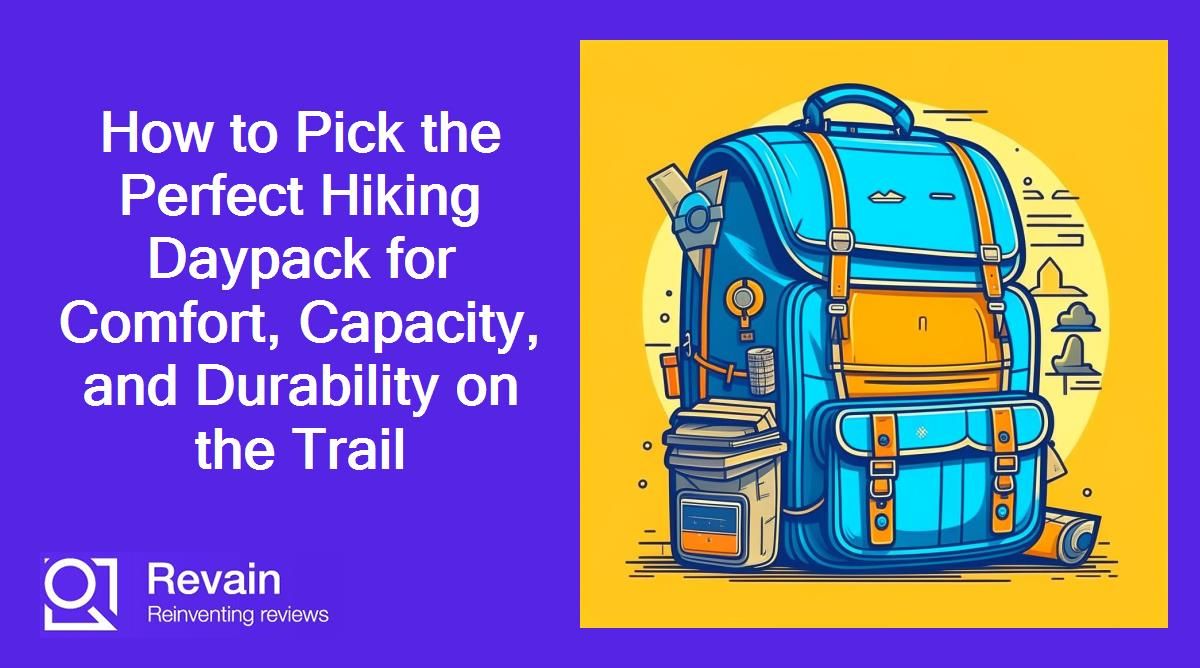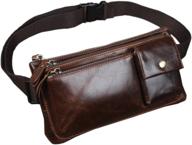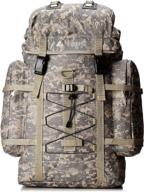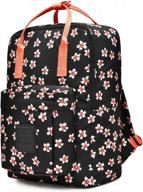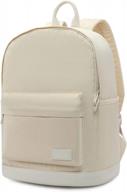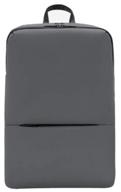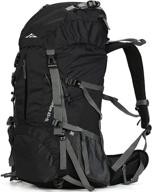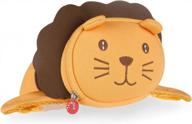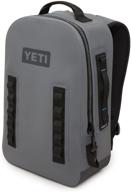How to Pick the Perfect Hiking Daypack for Your Needs
Choosing the right hiking daypack is crucial to having a comfortable and safe wilderness adventure. The key is finding a pack suited for your specific hiking needs based on trip duration, required gear, and fit.
Another interesting products
Consider Your Capacity Needs
Daypack capacity is measured in liters. Think about your intended trip length and packed items to determine the ideal size:
- Minimalist pack (15-30L): Best for short hikes under 5 hours when you'll only carry water, snacks, and an extra layer. Lighter weight.
- Standard daypack (30-50L): Multi-purpose pack for day hikes up to 10 hours. Room for essentials plus some extras.
- High-capacity (50-80L): Designed for multi-day camping trips or peak bagging with overnight gear.
| Trip Duration | Recommended Capacity |
|---|---|
| 1-5 hours | 15-25 liters |
| Full day (5-10 hours) | 25-40 liters |
| Overnight | 50+ liters |
Get the Right Fit
An improperly fitted pack can lead to shoulder, neck, and back pain. When trying on daypacks, look for:
- Torso fit allowing 2-3 inches between pack frame and back
- Hip belt resting over hip bones to transfer weight
- Non-slip, well-padded shoulder straps
- Sternum strap at armpit level for stability
Take a test hike wearing your filled pack to check for chafing or discomfort.
Assess Key Features
Hikingpacks incorporate useful features for the trail:
- Hydration reservoir compartment to carry water hands-free
- Attachment points to strap on trekking poles or ice axes
- External pockets for quickly accessing gear, food, and water
- Compression and cinch straps to stabilize heavy loads
Extra accessories like rain covers or hip belts with zippered pockets offer additional convenience and versatility.
Choose Durable, Water-Resistant Fabrics
Look for abrasion-resistant nylon or polyester fabrics with waterproof coatings if hiking in wet regions. Top-tier packs use heavier ripstop nylon for enhanced durability.
Following these tips will ensure you select a hiking daypack suited for your needs that will provide comfort, safety, and reliability out on the trail.
Key Features to Look for in a Hiking Daypack
When shopping for a hiking daypack, focus on these key features to find the best pack for your needs:
Top products in 🎒 Hiking Daypacks
Capacity
Daypack capacity ranges from 15 liters for minimalist packs to 80 liters for multi-day backpacking. Assess your gear and trip length:
- 15-30L for essentials on short hikes under 5 hours
- 30-50L for full day hikes up to 10 hours
- 50-80L for overnight trips and peak bagging
| Trip Duration | Ideal Capacity |
|---|---|
| 1-5 hours | 15-25 liters |
| Full day (5-10 hrs) | 25-40 liters |
| Overnight | 50+ liters |
Weight
Lighter packs around 2 lbs are ideal for shorter trips. Heavier duty designs up to 5 lbs work well for multi-day excursions.
Fit and Adjustability
Look for:
- Torso sizes to get an exact fit
- Adjustable shoulder, sternum, and hip straps
- Removable foam pads for custom cushioning
Take a test hike with weight to check for chafe points or discomfort.
Durability
Key durable features include:
- Ripstop nylon or abrasion-resistant polyester
- Reinforced straps and zippers
- Weatherproof construction
Look for thicker fabrics on high-wear areas and bartacked stress points. Waterproof TPU coatings add weather resistance.
Organization and Accessibility
Convenient features include:
- Daisy chains and bungees to lash gear externally
- Side water bottle pockets
- Front pocket with quick-access organization
Hip belt pockets and side zipper access also make grabbing gear simpler.
Similar products
Hydration Compatibility
Look for a dedicated reservoir sleeve to easily integrate hands-free hydration.
Keep these key daypack features in mind and try on multiple packs to find your optimal hiking companion.
Types of Hiking Daypacks
Hiking daypacks come in various types to match different activities and trip durations.
Minimalist Daypacks
- 15-30 liter capacity
- Weight around 1-2 lbs
- Low profile, slim design
- For short hikes under 5 hours
- Carry just essentials like water, snacks, jacket
Example: Osprey Talon 22L Daypack
Standard Daypacks
- 30-50 liter capacity
- Weight around 2-4 lbs
- Great for full day hikes up to 10 hours
- Room for extra layers, first aid, gear
- Often include convenient pockets and features
Example: Deuter Aircontact Lite 50+10 SL Daypack
High Capacity Daypacks
- 50-80 liter capacity
- Weight around 4-5 lbs
- Designed for multi-day backpacking trips
- Can carry overnight gear like tent, sleeping bag
- Advanced suspension and load transfer
Example: Gregory Paragon 58L Backpack
Climbing Daypacks
- Slim, lightweight designs
- Built to carry ropes, quickdraws, helmets
- Attachment points for ice axes and trekking poles
- Removable foam pads for packing protection
- 30-40L optimal size for gear
Example: Black Diamond Stone Duffel 30 Pack
Hydration Compatible Daypacks
- Dedicated reservoir sleeve for hands-free drinking
- Insulated tube channels to prevent freezing
- Suspension systems stabilizing heavy water weight
- Breathable back panels and ventilation
Example: CamelBak Fourteener 20 Hydration Pack
Choosing the right daypack type provides comfort and enhances your hiking experience.
Determining Your Capacity Needs Based on Trip Duration and Gear
Selecting a hiking daypack with the right capacity for your trip and gear will maximize comfort and efficiency on the trail.
Shorter Day Hikes (Under 5 Hours)
- 15-25 liter capacity
- Minimalist design
- Carry just essentials:
- 1-2 liters water
- High energy snacks
- Windbreaker
- First aid kit
Full Day Hikes (5-10 Hours)
- 25-40 liter capacity
- Standard daypack size
- Carry gear needed for longer days:
- 2-3 liters water
- Extra food
- Navigation tools
- Sun protection
- Emergency blanket
Overnight and Multi-Day Trips
- 50+ liter capacity
- High capacity daypack or lightweight backpack
- Carry overnight hiking gear:
- Tent
- Sleeping bag/pad
- Stove
- 3+ liters water
- Changes of clothing
Consider your personal gear needs as well. Camera equipment, fishing rods, or climbing gear may demand more space than a standard pack.
Choosing the appropriate pack capacity based on your trip itinerary and required gear will provide the ideal amount of space and prevent overloaded packs.
Getting the Right Fit for Comfort During Long Hikes
An improperly fitted hiking daypack can cause shoulder, neck, and back pain during long days on the trail. Follow these tips to get the ideal fit:
Torso Length
- Measure from C7 vertebrae to iliac crest for torso length
- Match to pack’s torso size within an inch
- Prevent pack riding up into shoulders or slumping down
Hip Belt Position
- Should wrap snugly around hipbones
- Not ride on stomach or overlap hip bone
- Transfers up to 80% of weight to hips
Load Lifter Straps
- Connect top of shoulder straps to top of frame
- Pull straps down and back until pack fits flush against back
- Prevent pack from pulling away from body
Sternum Strap
- Cross chest below collar bone
- Keeps shoulder straps in position
- Adjust to prevent strap interference
Shoulder Strap Shape
- Curved, well-padded straps distribute weight
- Adjustable straps conform to body shape
- No pressure points on shoulders or neck
Do a test hike wearing your fully loaded pack to identify any fit issues before hitting the trail. Getting the proper daypack fit will keep you comfortable mile after mile.
What Are The Essential Features To Look For In A Hiking Daypack?
When looking for a hiking daypack, there are several essential features to consider. Here are some of the most important ones:
Overall, when choosing a hiking daypack, it's important to consider your needs and preferences, as well as the features that will make your hiking experience more comfortable and enjoyable.
What Are The Most Important Compartments To Look For In A Hiking Daypack?
When looking for a hiking daypack, it's important to consider the compartments that will help you stay organized and carry all the essentials you need for your hike. Here are some of the most important compartments to look for:
Overall, when choosing a hiking daypack, it's important to consider your needs and preferences, as well as the compartments that will make your hiking experience more comfortable and enjoyable.
What Are The Best Compartments For Storing Snacks And Food In A Hiking Daypack?
When it comes to storing snacks and food in a hiking daypack, there are a few compartments to consider. Here are some of the best compartments for storing food:
Overall, when choosing a hiking daypack, it's important to consider your needs and preferences, as well as the compartments that will make your hiking experience more comfortable and enjoyable.






